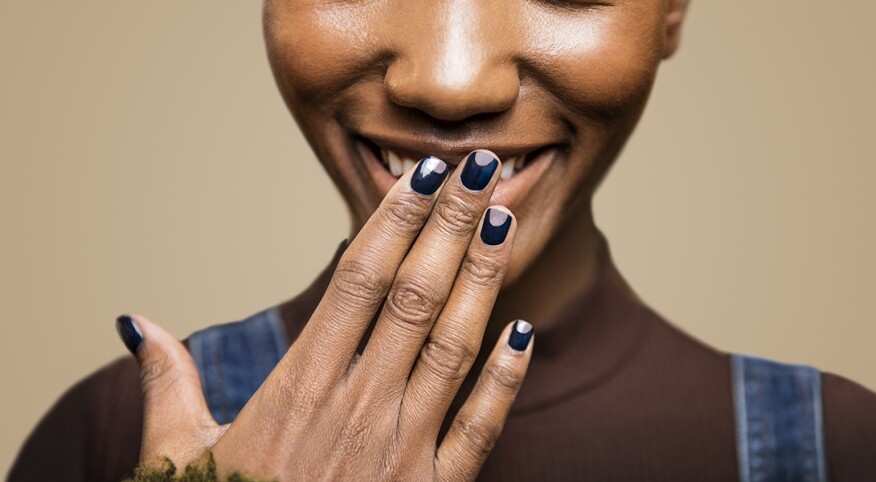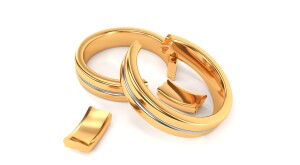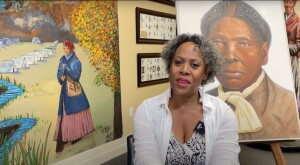Silver strands and laugh lines are obvious signs of getting older, but did you know that your nails can reveal your age, too? Despite all the attention we devote to our hands and feet — manicures on the regular, biweekly coats of Big Apple Red on our toes and liberal application of shea butter hand lotion — our nails are prone to a plethora of conditions. They range from simply unsightly to potentially dangerous, and can’t be cured by a second layer of top coat. The good news: We’ve got strategies for tackling the five most common age-related nail conditions. Just take these tips and then apply them to yours.
Nail splitting
Onychoschizia, the medical term for when nails split, peel at the tips or are soft or thin, disproportionately affects older women, says Shari Hicks-Graham, a board-certified dermatologist from Downtown Dermatology in Columbus, Ohio. “Many aggravating nail changes, like splitting, brittleness and poor growth, are very common during the aging process as we become more mature,” she explains. And, contrary to popular belief, vitamin deficiencies are hardly ever the cause. Splitting and peeling can be exacerbated by external factors, such as swimming, doing the dishes and using acetone-based nail polish remover, all of which strip the nails of essential oils and leave them dry and brittle.
To lessen splitting, Hicks-Graham suggests considering biotin supplements (talk to your doctor first); avoiding nail polish that contains formaldehyde, toluene and other toxic chemicals and regularly applying cuticle oil to seal in moisture. “Even olive oil or almond oil will do the trick,” she adds. Two options worth trying: L’OCCITANE Shea Nourishing Nail & Cuticle Oil and Milk + Honey Everything Oil.
Nail fungus
Onychomycosis, commonly known as nail fungus, is more common on toenails than fingernails and more prevalent among diabetics and people living with peripheral vascular disease. But anyone can develop a fungal nail infection simply from walking barefoot in warm, moist environments such as a spa, locker room or pool. Visible signs include thickened, discolored (yellow, white, green and brown), lifting and crumbling nails. But your doctor may perform a nail culture or biopsy to confirm the diagnosis. Some folks reach for over-the-counter creams and ointments but oral antifungal drugs are usually most effective because they work faster. The downside? They don’t have the best track record for adults over age 65. Nail fungus, which can take up to a year to clear, is “often difficult to cure for good,” says Hicks-Graham, adding that “prevention is easier than treatment.” The takeaway: Early diagnosis and treatment is crucial because, if caught early and treated, you can regrow a healthy nail.
How can you to lessen your chances of infection? At the nail salon, check to see that your manicurist is using sterilized tools, and ask her not to cut or push back your cuticles, which protect the nail bed. Keeping toe nails trimmed, wearing breathable shoes, alternating your footwear and using antifungal spray or powder in your shoes and socks will also help. And if you do get a fungal infection, although you may still be able to wear nail polish, you should definitely avoid artificial nails. They can create an environment that allows fungi and bacteria to grow, and since they cover your nails, they make it harder for your doctor to monitor your progress.
Ingrown nails
An ingrown toenail occurs when the corner of your nail grows into the surrounding flesh instead of over it. The condition is usually brought on by cutting the toenail too short or at an angle, wearing uncomfortable shoes or by trauma, such as stubbing your toe. Symptoms include redness, pain and swelling and drainage could indicate there’s an infection. Ingrown toenails are especially concerning if you have diabetes since they can lead to serious complications, including the loss of a limb. The good news: Diagnosis and treatment is usually straightforward, ranging from antibiotics and home remedies to minor surgery to partially or fully remove the toenail.
Prevent ingrown toenails by trimming them straight across to a length that’s even with the tips of your toes. Wear shoes that fit properly, with ample room in the toe box so your feet aren’t cramped. And wear protective, steel-toed shoes if your work puts your feet at risk of injury.
Ridges in fingernails
Anemia and rheumatoid arthritis are often associated with fingernail ridges, but aging is the most common cause. If you’re seeing vertical ridges, they’re probably harmless, whereas horizontal ridges can be a sign of a more serious condition, such as acute kidney disease. Regardless, your doctor will be able to identify the underlying cause, which will then determine the treatment.
You can minimize the appearance of vertical ridges by buffing your nails, but be gentle as overzealous buffing can weaken the nail plate. And since ridged nails can also be a sign of a nutritional deficiency, make sure you’re eating right and taking any necessary supplements.
Weakened nails
Do you wear acrylic nails or get regular gel manicures? Removal of either usually requires soaking your hands for 10 minutes or longer in acetone, a harsh chemical that can dehydrate your nails and irritate your skin. And some artificial nails must be filed off, which makes your own nails thin and brittle.
If a mani is a must, get artificial nails that can be soaked off rather than filed off and take a break from them every few months to let your own nails heal and regenerate.

Trunk Archive










